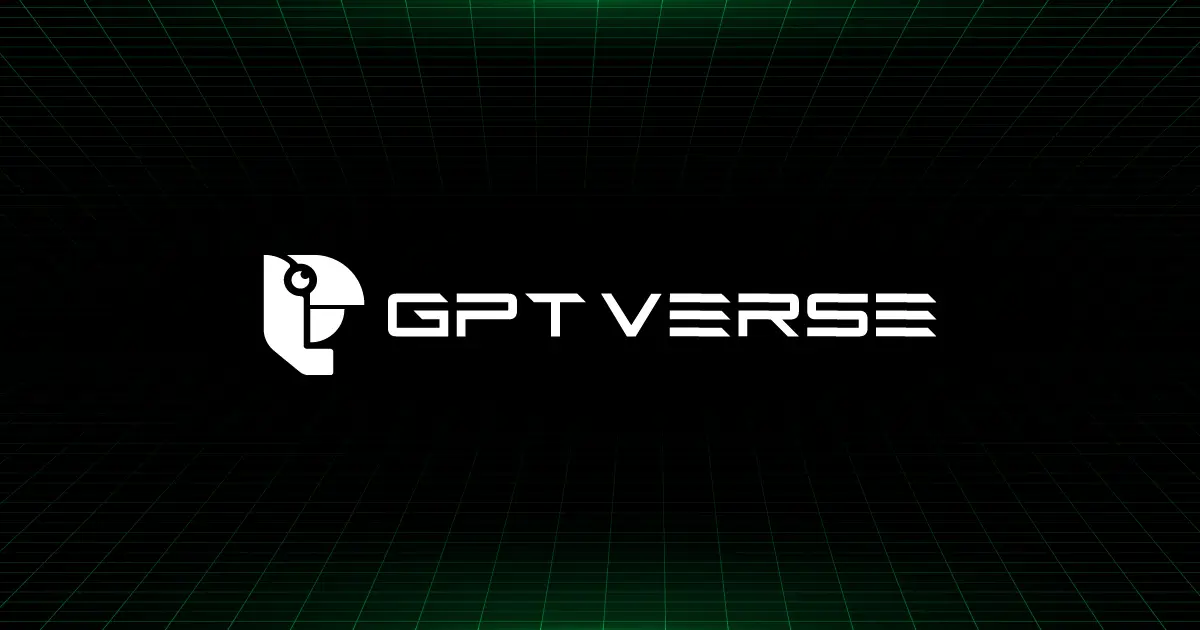As digital transformation accelerates, cybersecurity assumes greater urgency. Applications managing sensitive data require rigorous validation to defend against sophisticated threats. While automation streamlines processes, qualitative evaluation remains indispensable.
Automated Scanning Has Limitations
Static and dynamic analysis tools efficiently scan code for common flaws. However, nuanced evaluation demands contextual understanding beyond the technical. Subtle logic or design errors evade detection, leaving avenues for exploitation.
Simulating Real World Attacks
Skilled professionals emulate real-world hacking techniques, probing less visible surfaces. Credentials are tested for strength while functionality examines edge cases. Insights uncover unintended pathways for unauthorized access.
Line-by-line source inspection locates irregularities in implementation. From input sanitization to authentication, manual audits identify issues beyond the tool’s scope. Recommendations strengthen architecture from a defensive posture.
Guiding Development With Expertise
Experienced evaluators advise on industry standards and help prioritize remediation. Education transfers knowledge to develop more securely. Continued collaboration embeds protection throughout the lifecycle.
Comprehensive Reporting Drives Action
Thorough documentation quantifies vulnerabilities and their impact. Prioritized remediation guidance and proof-of-concept exploits demonstrate tangible risks. Actionable transparency fosters accountable resolution.
While automation efficiently scans applications, human validation remains indispensable. Qualitative testing locates subtle flaws to strengthen security posture for the long term.



